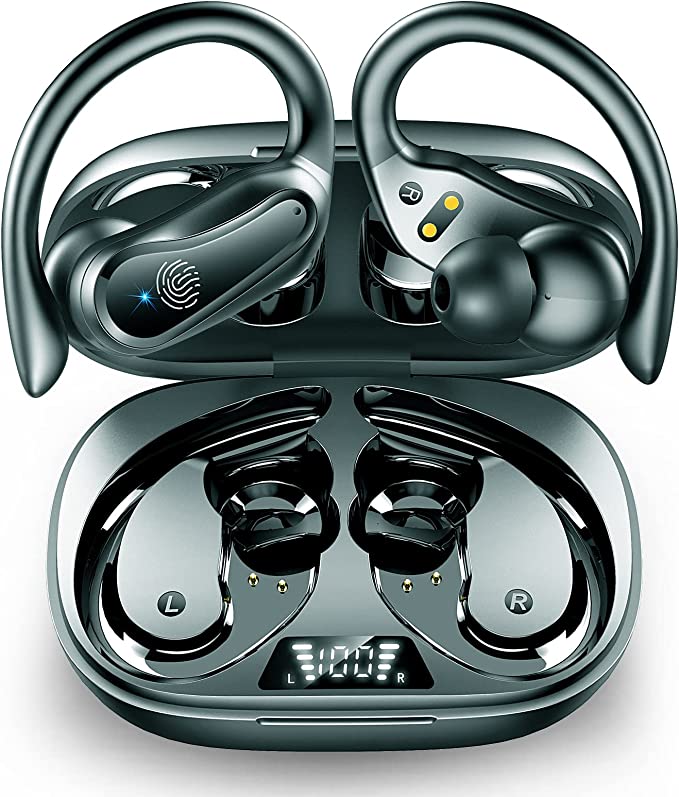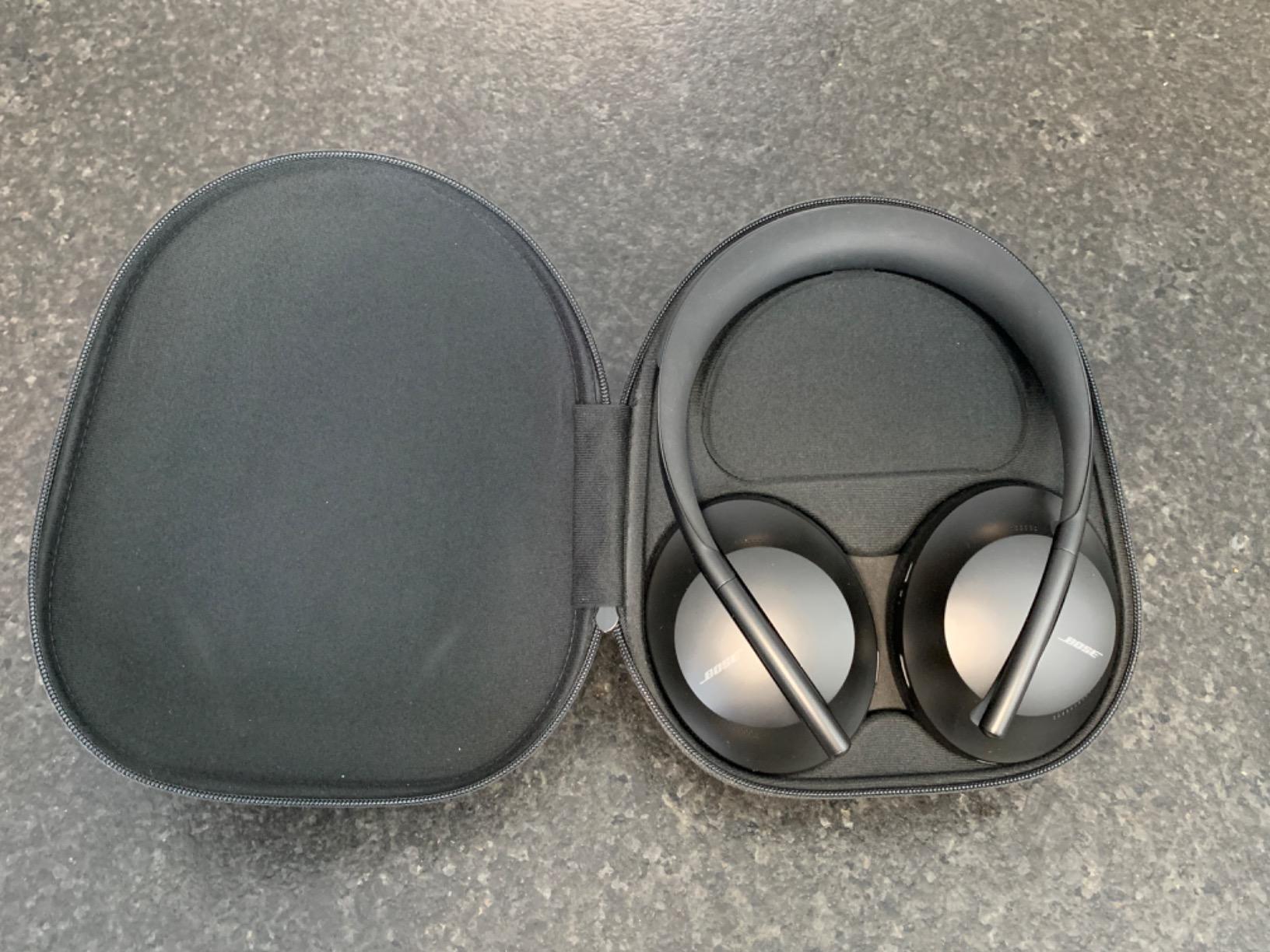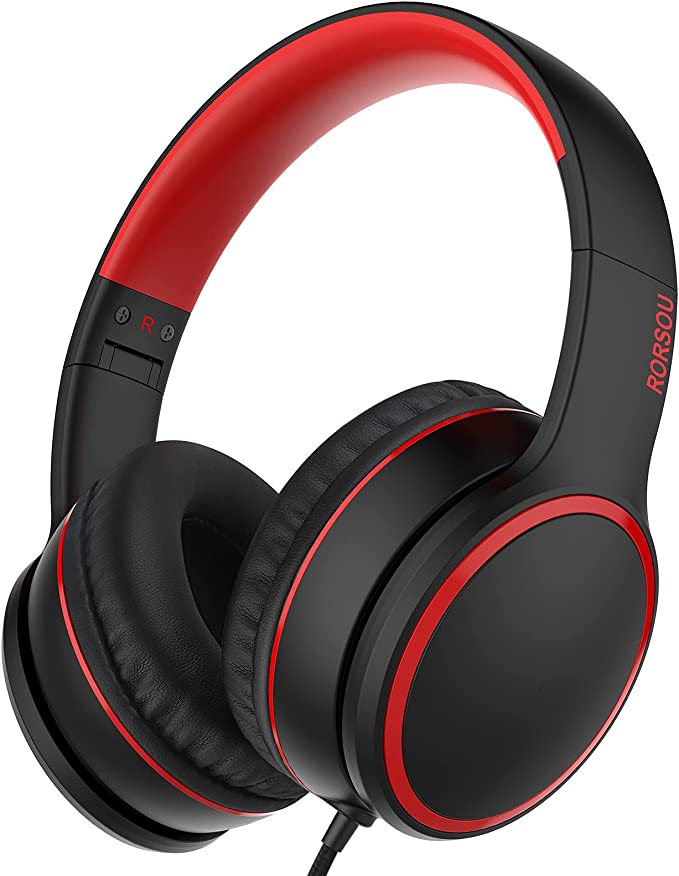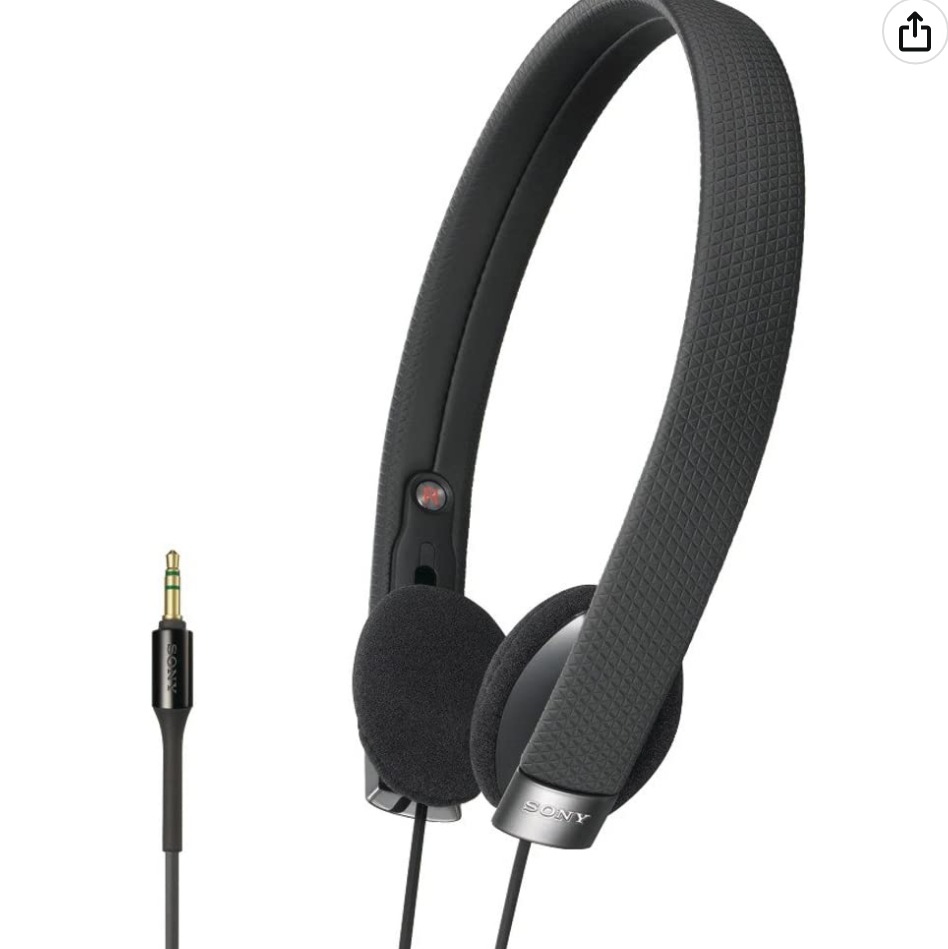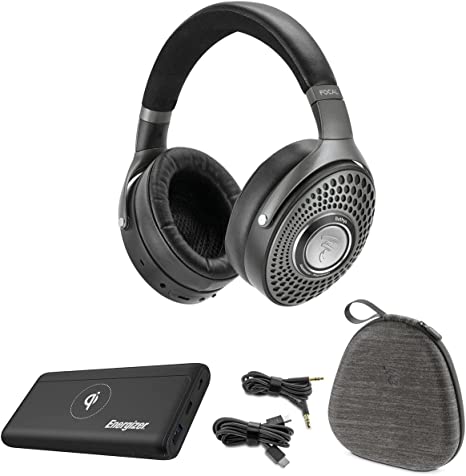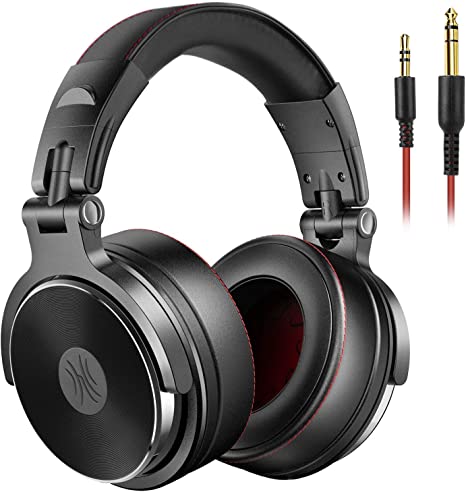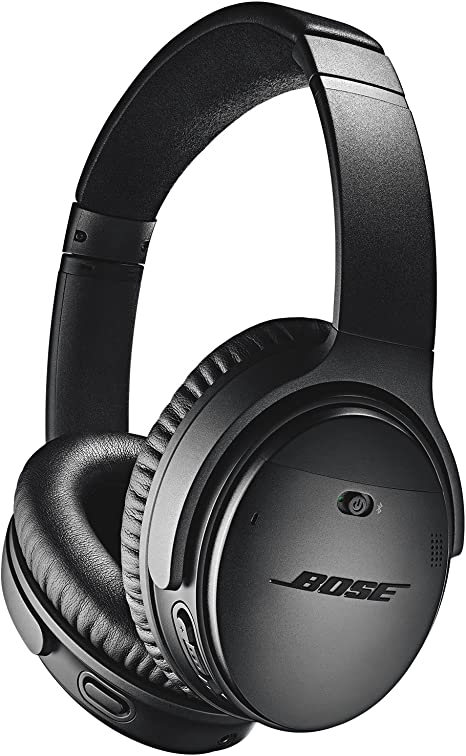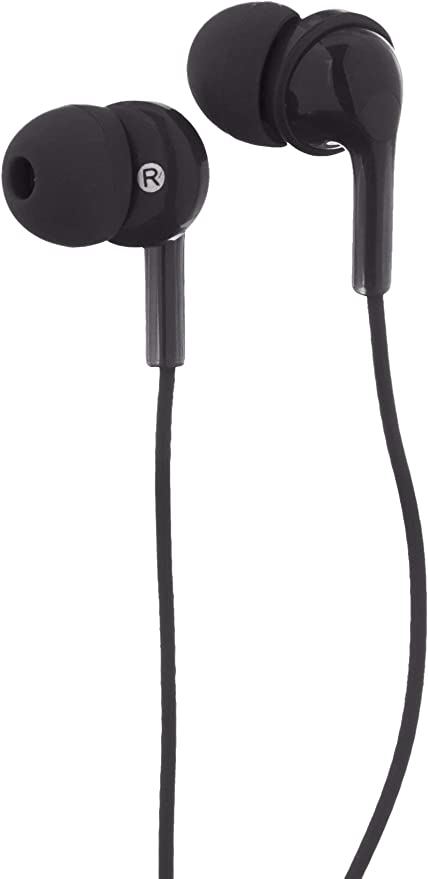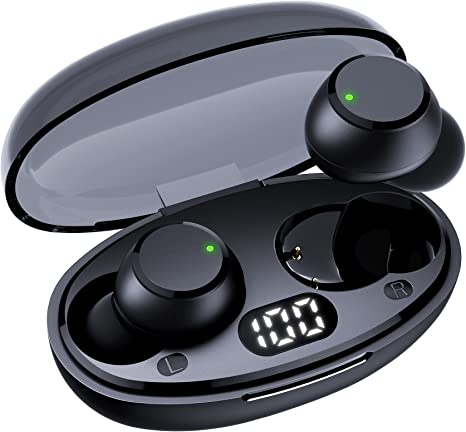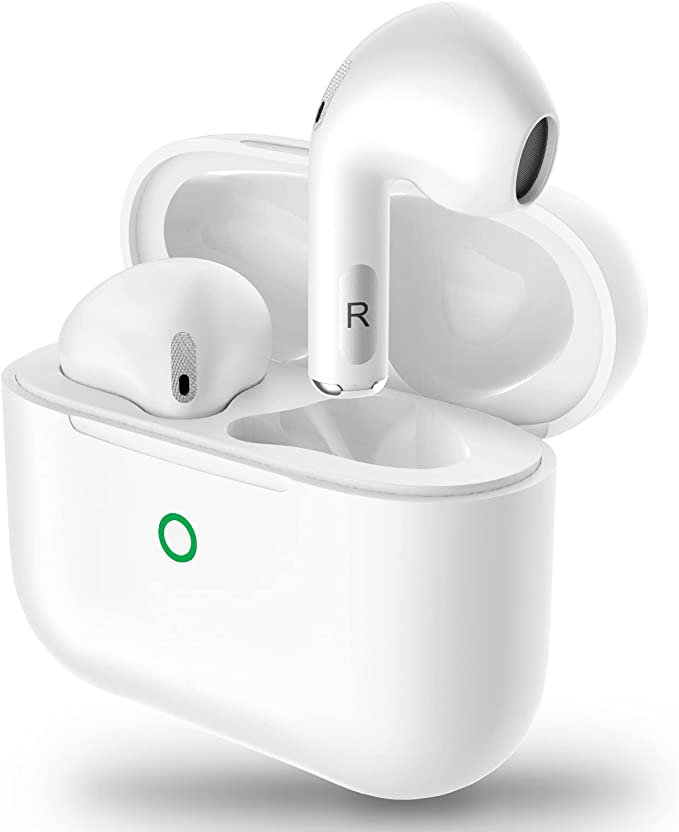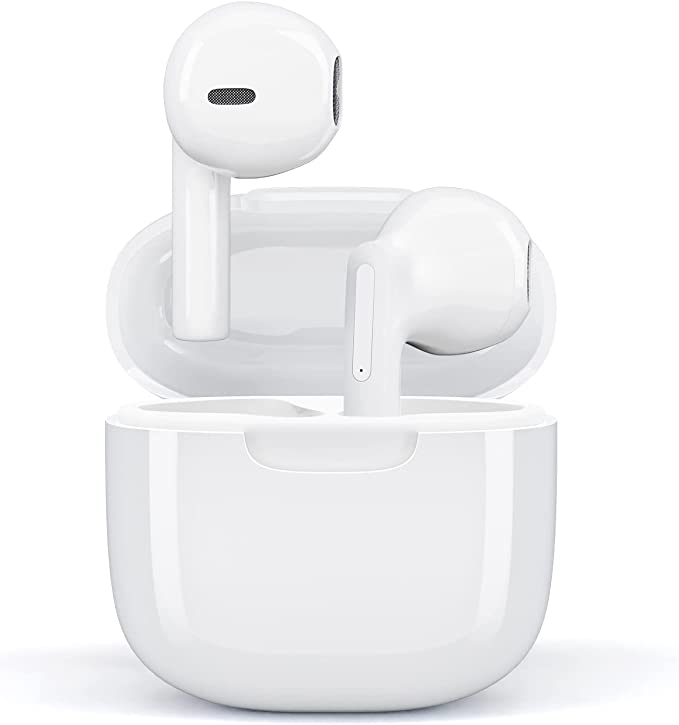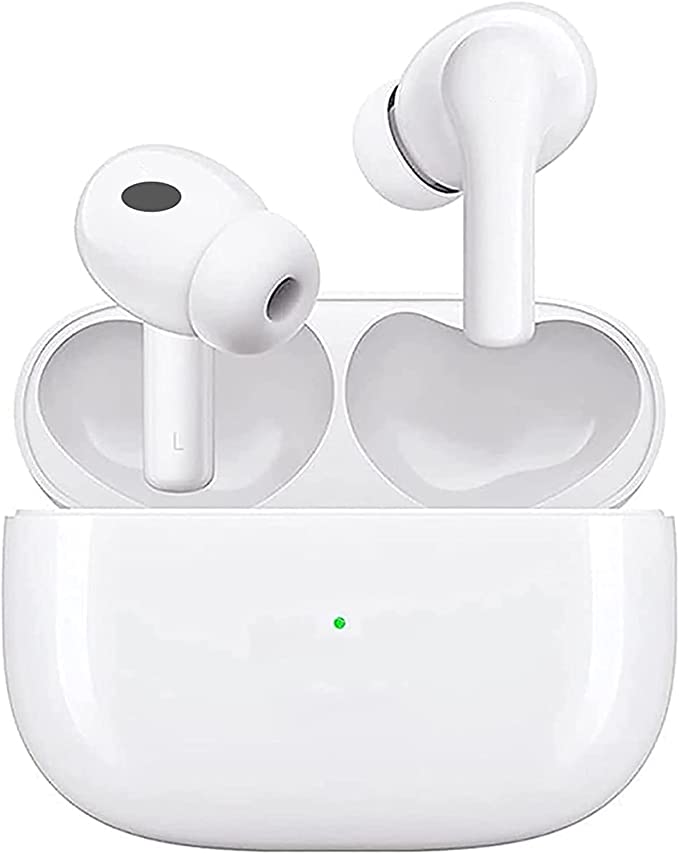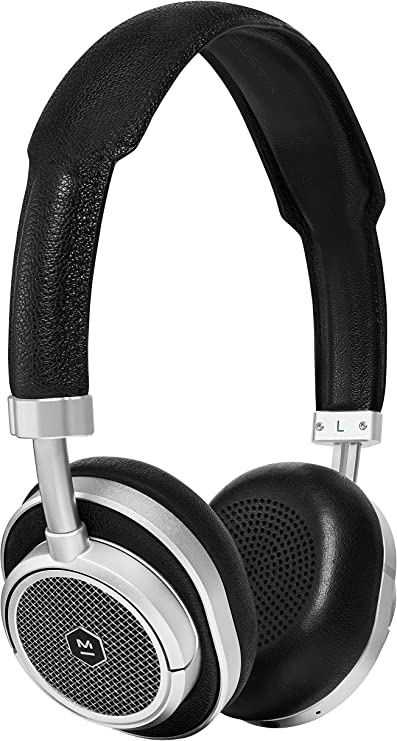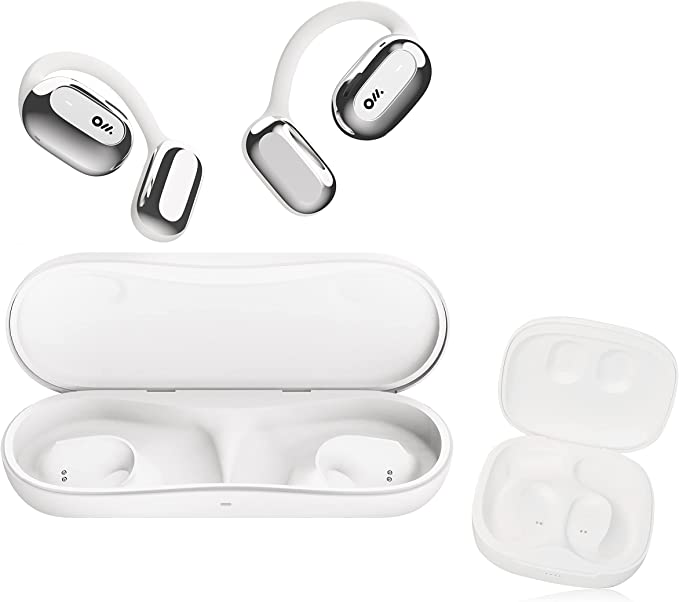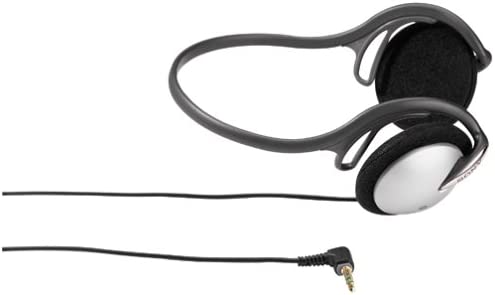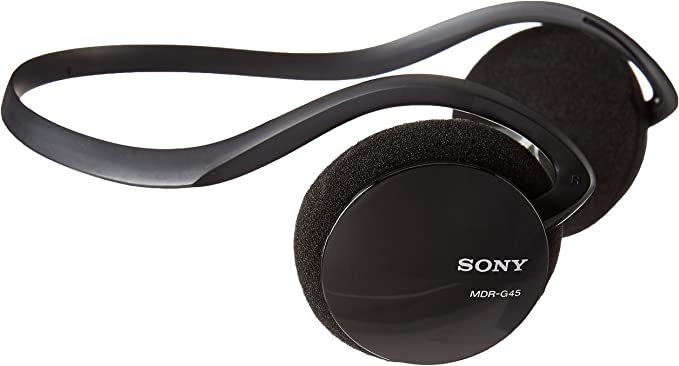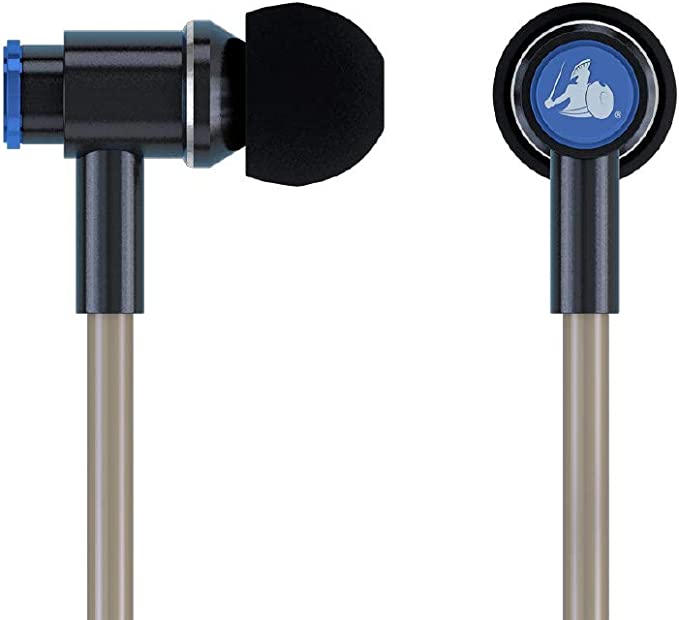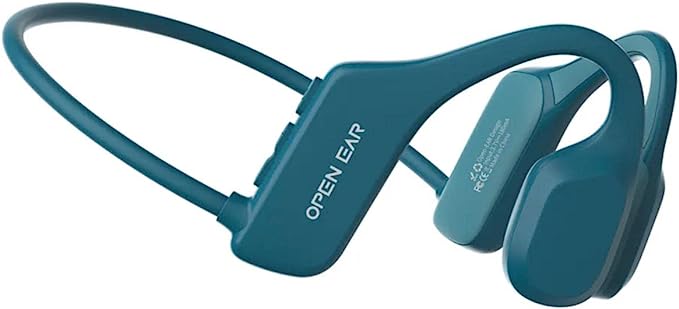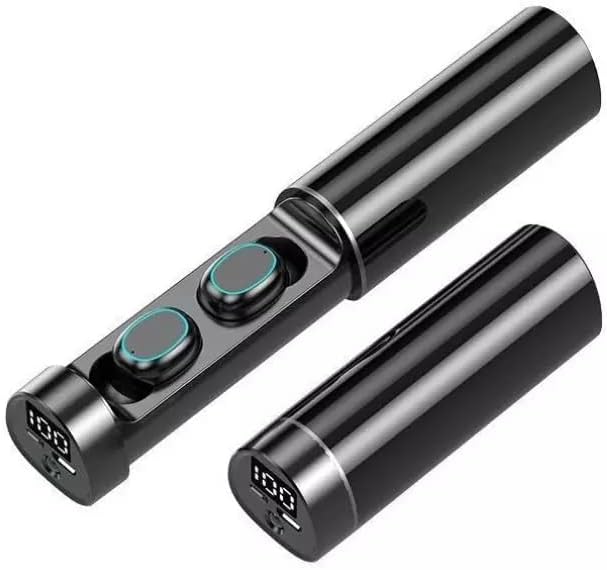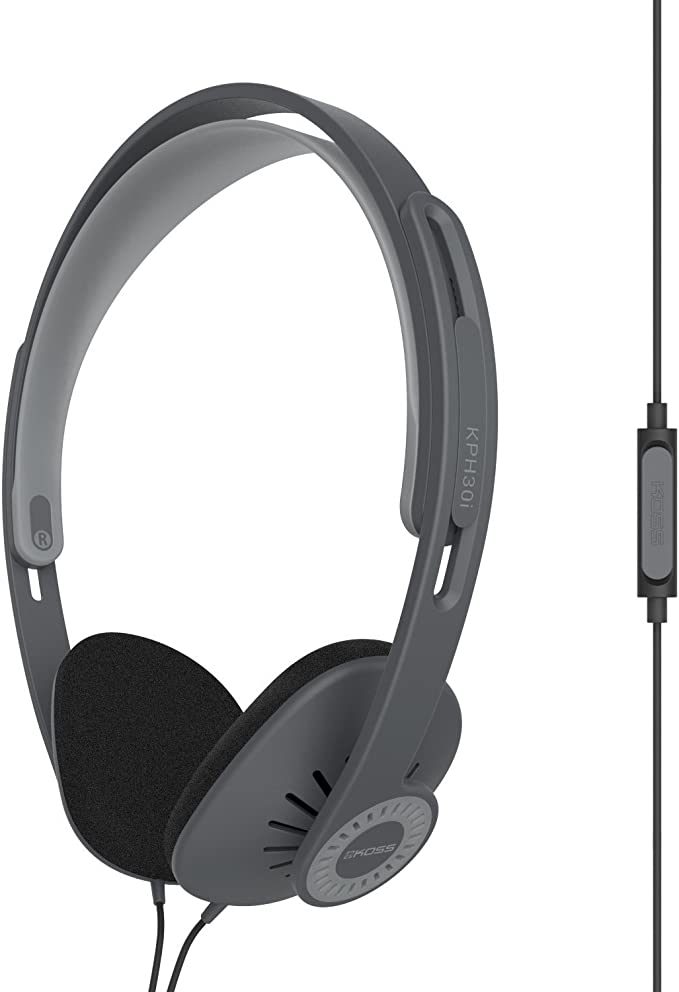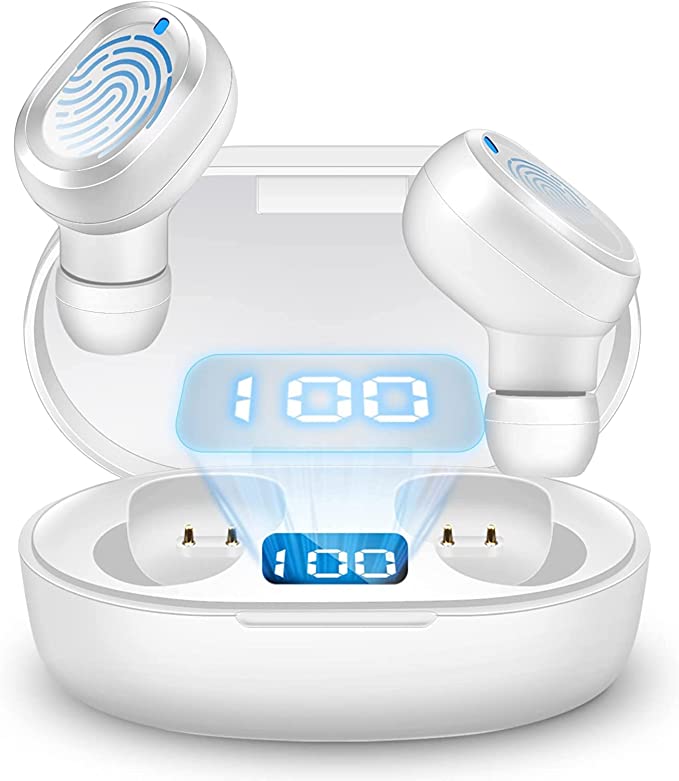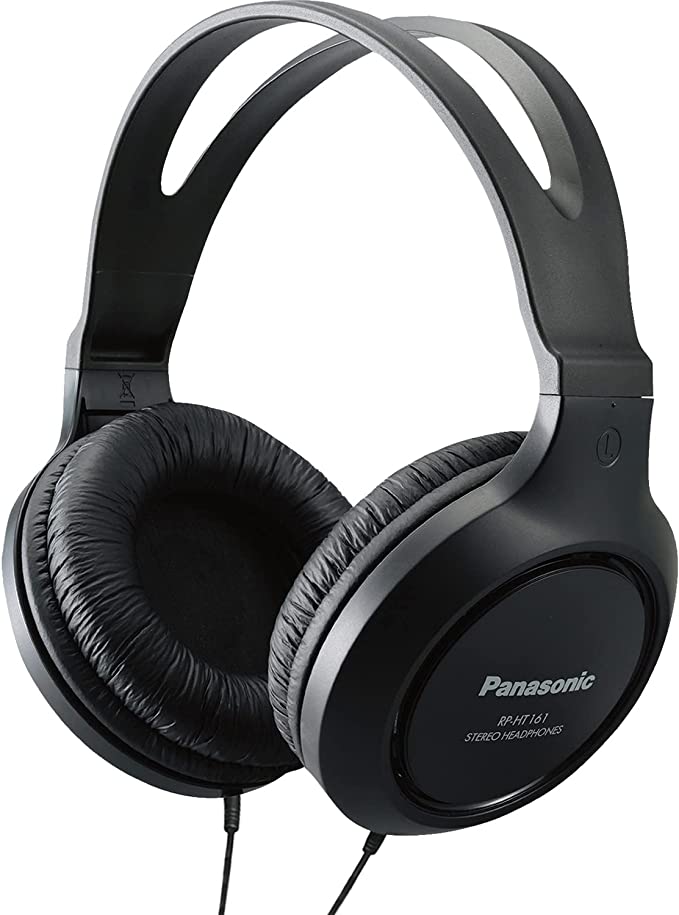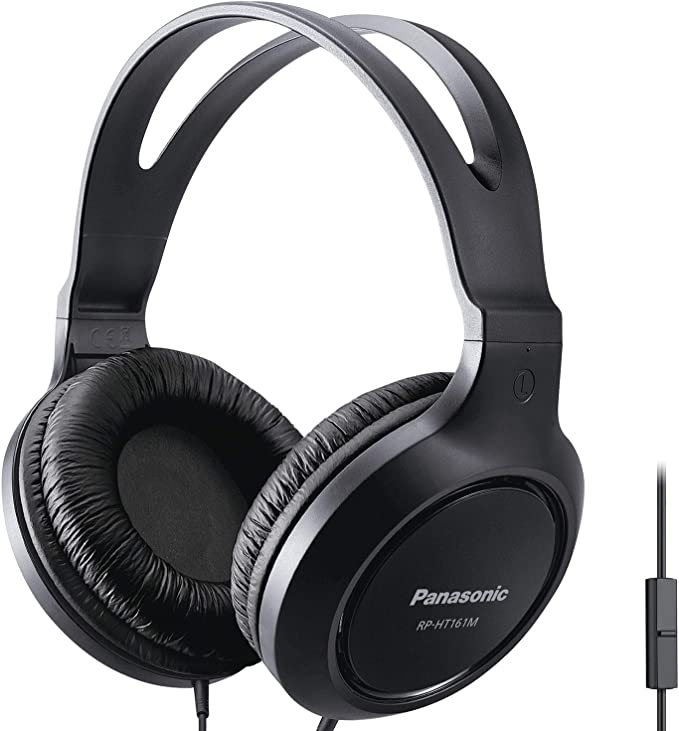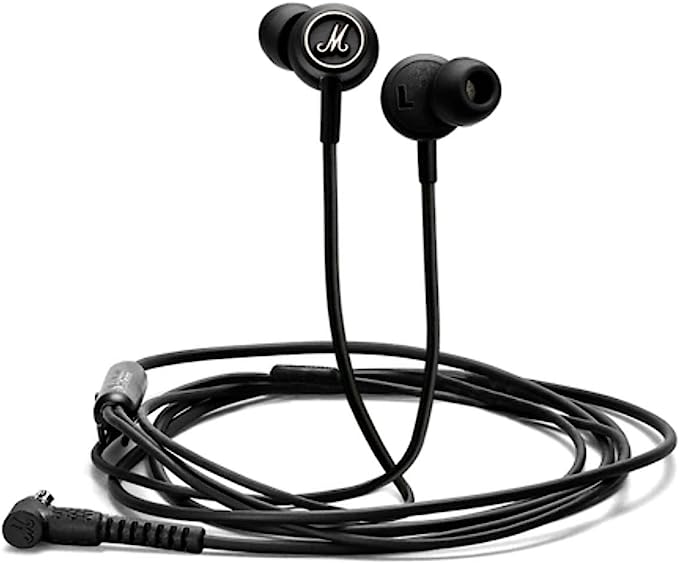JOYHOOSH T6 Wireless Earbuds: Experience Stable Sound and Long Battery Life
Update on March 21, 2025, 7:49 a.m.
Wireless earbuds have become as commonplace as smartphones themselves. We see them everywhere – on the morning commute, at the gym, even during quiet moments at home. Yet, for many, the technology powering these tiny audio companions remains a bit of a mystery. We’re often bombarded with buzzwords like “Bluetooth 5.2,” “Hi-Fi sound,” and “IPX6 waterproofing,” but what do these terms really mean?
This article aims to demystify wireless earbud technology, using the JOYHOOSH T6 earbuds as a case study. We’ll explore the key features of these earbuds, explaining the underlying science and engineering in a way that’s both informative and easy to understand. No marketing fluff, just the facts.

Bluetooth 5.2: The Unsung Hero of Stable Connections
Let’s start with the backbone of any wireless earbud experience: Bluetooth. Think of Bluetooth as an invisible wire connecting your earbuds to your phone or computer. It’s a radio-based communication technology that allows devices to “talk” to each other over short distances. But like any technology, Bluetooth has evolved, and the JOYHOOSH T6 benefits from one of the latest iterations: Bluetooth 5.2.
What makes Bluetooth 5.2 so special? It’s all about efficiency and reliability. Earlier versions of Bluetooth, while functional, were more prone to interference, dropouts, and higher power consumption. Bluetooth 5.2 tackles these issues head-on with several key improvements:
- LE Audio (Low Energy Audio): This is a significant advancement. LE Audio uses a new codec called LC3 (more on codecs in a moment) that offers better audio quality at lower bitrates. This translates to longer battery life and potentially more stable connections, especially in crowded wireless environments.
- Enhanced Attribute Protocol (EATT): This technical-sounding feature essentially allows for more efficient data transfer between devices. Think of it like streamlining traffic on a highway – less congestion means faster and more reliable communication.
- Connection Subrating: This feature further improves power efficiency by allowing devices to quickly switch between different connection speeds, depending on the needs of the application.
These improvements mean that the JOYHOOSH T6, with its Bluetooth 5.2 chip, is less likely to suffer from those annoying connection dropouts that plague older wireless earbuds. You can move around more freely, even in areas with lots of Wi-Fi and other Bluetooth devices, without experiencing interruptions in your music or calls.

Decoding Sound: Hi-Fi, Drivers, and (Probably) SBC
Now, let’s talk about sound quality. The JOYHOOSH T6 is advertised as having “Hi-Fi” sound. “Hi-Fi,” or High Fidelity, refers to the accurate reproduction of sound. The goal is to make the audio you hear through the earbuds as close as possible to the original recording. Several factors contribute to achieving this:
-
Dynamic Drivers: The T6 earbuds use 13mm dynamic drivers. These are the tiny speakers inside the earbuds that actually produce the sound. A dynamic driver works like a miniature loudspeaker, using a diaphragm (a thin, flexible membrane), a voice coil (a coil of wire), and a magnet. When an electrical signal passes through the voice coil, it creates a magnetic field that interacts with the magnet, causing the diaphragm to vibrate and produce sound waves. Generally, larger drivers (like the 13mm ones in the T6) can move more air, resulting in a richer, more powerful sound, particularly in the bass frequencies.
-
Audio Codecs: These are the digital “languages” your phone and earbuds use to communicate. The most basic codec is SBC (Subband Coding), which is universally supported by Bluetooth devices. However, SBC is known for its relatively high compression, which can result in some loss of audio detail. While the JOYHOOSH T6 product information doesn’t specify which codecs it supports, it’s highly likely that it supports at least SBC. It might support AAC (Advanced Audio Coding), which is commonly used by Apple devices and offers better sound quality than SBC. Higher-end codecs like aptX and LDAC are less likely to be found in earbuds at this price point. The absence of higher-end codecs isn’t necessarily a deal-breaker, especially considering the T6’s larger drivers, but it’s something to be aware of.
The combination of a reasonably large dynamic driver and, at minimum, SBC codec support suggests that the JOYHOOSH T6 should deliver a satisfactory listening experience for everyday use, with decent bass response and clear overall sound.

Power Play: Battery Life and the Magic of Charging Cases
One of the biggest anxieties with wireless earbuds is battery life. Nobody wants their music to cut out halfway through a workout or a long commute. The JOYHOOSH T6 claims a total playtime of 35 hours – 5 hours from the earbuds themselves and an additional 30 hours from the charging case. How does this work?
The earbuds, and the charging case, contain lithium-ion batteries. These are the same type of batteries found in most smartphones and laptops. Lithium-ion batteries are popular because they’re relatively lightweight, have a high energy density (meaning they can store a lot of energy for their size), and can be recharged hundreds of times.
The 5-hour playtime of the earbuds on a single charge is a decent figure, although not exceptional. Many earbuds now offer 6-8 hours or even more. The real strength of the T6 lies in its charging case. The case itself contains a larger battery that can recharge the earbuds multiple times. Think of it like a portable power bank for your earbuds. You can pop the earbuds into the case when you’re not using them, and they’ll automatically start charging. The additional 30 hours of playtime provided by the case means you can go for days, or even weeks, without needing to plug the case itself into a power outlet (depending on your usage). Although we dont know the specifics, it is safe to assume, most charging cases use a USB-C connection.
Battery Tip: To extend the overall lifespan of your earbuds’ batteries, avoid letting them completely discharge regularly. Lithium-ion batteries perform best when kept between 20% and 80% charge.

Weathering the Storm: Understanding IPX6 Waterproofing
The “IPX6” rating you see in the T6’s specifications refers to its level of water resistance. IP stands for “Ingress Protection,” and it’s a standard system for classifying how well a device is protected against solids (like dust) and liquids.

The “X” in IPX6 means that the earbuds haven’t been officially tested for dust protection. The “6” indicates the level of protection against liquids. Specifically, an IPX6 rating means the earbuds can withstand powerful water jets. Think of it like being able to withstand being sprayed with a high-pressure hose.
This means the JOYHOOSH T6 earbuds are well-protected against sweat and rain. You can wear them during intense workouts or even if you get caught in a downpour without worrying about damaging them. However, it’s important to note that IPX6 does not mean the earbuds are fully waterproof. You shouldn’t submerge them in water (e.g., don’t wear them while swimming).

Fit and Function: Comfort, Controls, and (Maybe) Microphones
The JOYHOOSH T6 earbuds feature an “in-ear” design. This means they fit snugly inside your ear canal, creating a seal that helps to block out external noise and improve bass response. The comfort of in-ear earbuds depends largely on the shape and size of your ears and the ear tips provided. Most earbuds come with a variety of ear tip sizes (small, medium, large) to accommodate different ear shapes.
The T6 earbuds also feature touch controls. This means you can control music playback (play/pause, skip tracks), adjust volume, and answer calls by tapping or swiping on the earbuds themselves. Touch controls can be convenient, but they can also be finicky, sometimes registering accidental touches.

The provided information doesn’t mention the type of microphone used in the T6 earbuds. However, it’s highly likely that they use MEMS (Micro-Electro-Mechanical Systems) microphones. MEMS microphones are tiny, durable, and power-efficient, making them ideal for use in mobile devices like earbuds. They typically offer good voice clarity for calls, although they may not be as effective at noise cancellation as the microphones found in higher-end earbuds.

Conclusion: Making Informed Choices
The JOYHOOSH T6 wireless earbuds offer a compelling combination of features for their price point: stable Bluetooth 5.2 connectivity, decent sound quality, long battery life, and IPX6 water resistance. While they may not boast the absolute best audio quality or include advanced features like active noise cancellation, they provide a solid foundation for everyday listening, workouts, and calls.
Ultimately, choosing the right wireless earbuds comes down to understanding your individual needs and priorities. Are you an audiophile who demands the purest sound reproduction? Are you a frequent traveler who needs maximum battery life? Or are you simply looking for a reliable and affordable pair of earbuds for everyday use?
The JOYHOOSH T6 earbuds represent a good value proposition for those in the latter category. They leverage modern technology (Bluetooth 5.2) to deliver a stable and efficient wireless experience. The long battery life, combined with the convenience of a charging case, minimizes the hassle of frequent charging. And the IPX6 water resistance provides peace of mind for active users.
Beyond the Specs: The Broader Context of Wireless Audio
The rise of wireless earbuds is part of a larger trend towards wireless audio in general. From Bluetooth speakers to wireless home theater systems, we’re increasingly cutting the cords and embracing the freedom of wireless technology. This trend has been driven by several factors, including:
- Convenience: Wireless audio is simply more convenient than dealing with tangled wires.
- Portability: Wireless devices are easy to take with you on the go.
- Advancements in Technology: Bluetooth technology has improved dramatically in recent years, making wireless audio more reliable and affordable.
- The Decline of the Headphone Jack: Many smartphone manufacturers have removed the traditional 3.5mm headphone jack, pushing consumers towards wireless options.
The JOYHOOSH T6, and other earbuds like it, are beneficiaries of these advancements. They represent a point where wireless technology has become sufficiently mature and affordable to be accessible to a wide range of consumers.
Looking Ahead: The Future of Wireless Earbuds
What does the future hold for wireless earbuds? We can expect to see continued improvements in several key areas:
- Even Longer Battery Life: Battery technology is constantly evolving, and we can anticipate earbuds with even longer playtimes on a single charge.
- Improved Noise Cancellation: Active noise cancellation (ANC) is becoming increasingly common in earbuds, and we can expect to see more sophisticated ANC technologies that can block out a wider range of noise.
- Wider Adoption of Lossless Audio Codecs: As Bluetooth bandwidth increases, we’ll likely see wider support for lossless audio codecs like aptX Lossless and LDAC, delivering even higher fidelity sound.
- Integration with Other Devices and Services: Earbuds may become more integrated with other devices and services, such as health tracking, fitness apps, and virtual assistants.
- Biometric Sensors: Future earbuds may include sensors to track heart rate, body temperature and other health data.

Making the Right Choice
While the JOYHOOSH T6 offers a solid set of features at an attractive price, it’s just one option in a vast sea of wireless earbuds. When making your decision, consider the following:
- Your Budget: How much are you willing to spend?
- Your Primary Use Case: Will you be using the earbuds primarily for music, calls, workouts, or something else?
- Sound Quality Preferences: Do you prefer a bass-heavy sound, a neutral sound, or something else?
- Comfort and Fit: Do in-ear earbuds typically fit comfortably in your ears?
- Features: Do you need features like active noise cancellation or transparency mode?
By carefully considering these factors, and understanding the underlying technology, you can choose the wireless earbuds that best meet your needs and enjoy the freedom and convenience of wireless audio. The JOYHOOSH T6, with its blend of essential features and affordability, presents a strong case for being a reliable everyday audio companion. But the best choice, ultimately, is the one that’s best for you.
